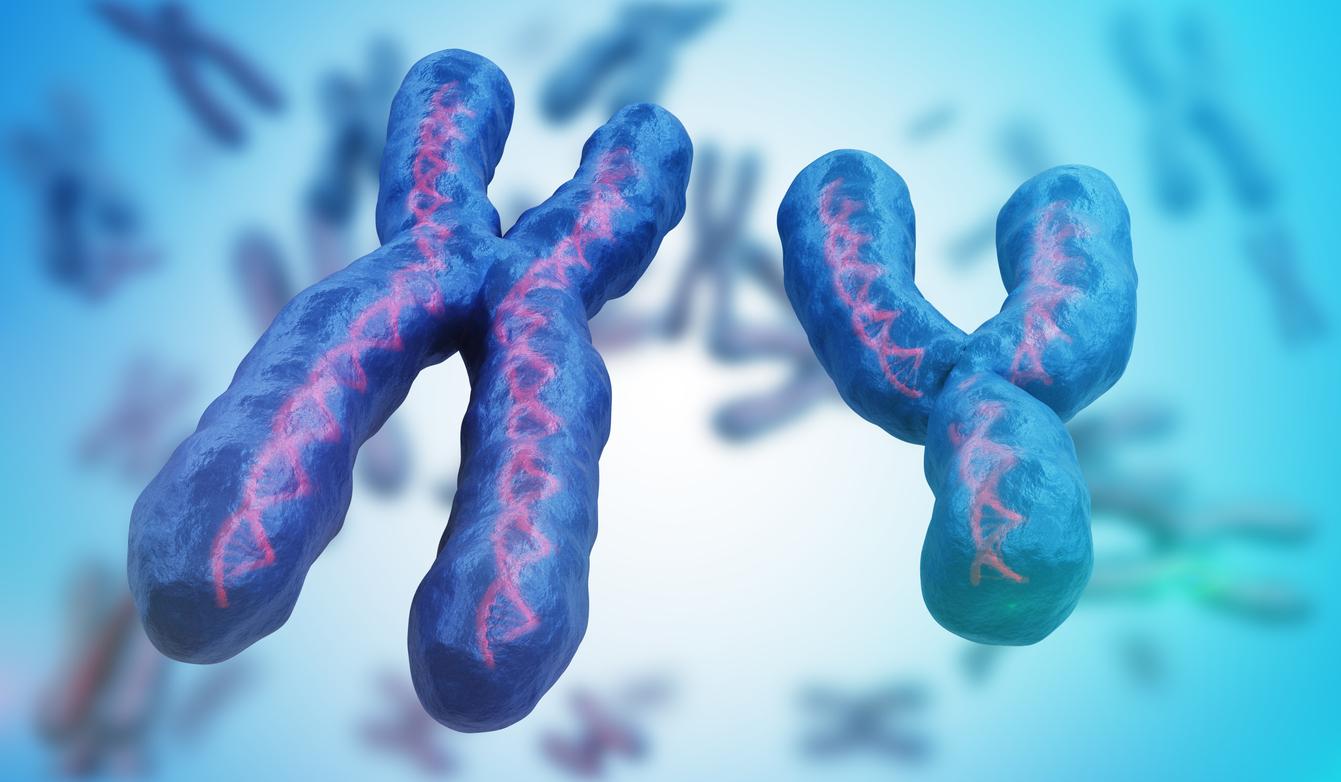Between 1998 and 2018, the number of people diagnosed with autism spectrum disorder (ASD) jumped by 787% in England. An exponential increase that says a lot about the late recognition of this neurodevelopmental disorder.

- In England, the number of people diagnosed jumped 787% between 1998 and 2018.
- The increase is greatest among the adult population.
- This is explained, for the researchers, by better recognition and management of this neurodevelopmental disorder, both in adults and in children.
For a long time, autism was considered a mental illness. It is actually an early disorder of brain development, which affects in particular the formation of neuronal connections. Today, we talk more about autism spectrum disorders (ASD), which encompasses different characteristics such as difficulties in social interactions, communication problems, behavioral disorders or learning difficulties. In France, it is estimated that these heterogeneous and pervasive disorders currently affect 1% of the population, or around 600,000 people in France.
But autism has not always been so well diagnosed. According to a study published in the Journal of Child Psychology and Psychiatrythe number of people diagnosed jumped 787% between 1998 and 2018. This increase was greater in women than in men, and even more so in the adult population.
Better recognition of autism
How can this exponential increase be explained? The results suggest that it could be due to an increase in diagnosis reporting and application.
To reach this conclusion, the researchers compared rates of autism recorded in GP records in England, covering over 9 million patients in GP surgeries between 1998 and 2018. In total, 65,665 patients had an autism diagnosis recorded in 2018.
The differing rates of increase between autism subgroups suggest that the effects are primarily due to increased recognition of this disorder, although an actual increase in the incidence of autism cannot be ruled out.
“Since there is not really a plausible reason why autism should increase more among adults and women, our study suggests that the change is likely due to increased identification, not more people. with neurodevelopmental disorders per se”says lead author Ginny Russell of the University of Exeter.
“However, autism is not like a continent waiting to be discovered, continues the researcher. The definition of what constitutes autism has evolved over time, and women and adults were not often considered to have autism 20 years ago. Advocacy work by associations and media coverage, combined with policy changes, have led to an increase in the number of adult assessment centers and a narrative of autism that many women and girls identify with. . Therefore, the demand for diagnostics has never been greater.”
The results also showed an increase in the age of diagnosis over time within each developmental stage. In preschool settings, this could be partly because diagnosing autism in young children is obviously complex and may require going at the pace of the family. Additionally, work on destigmatizing ASD through associations and parent-led lobby groups may have contributed to increased demand for diagnosis in order to access support, outpacing the ability to conduct assessments in clinical practice.

.

















